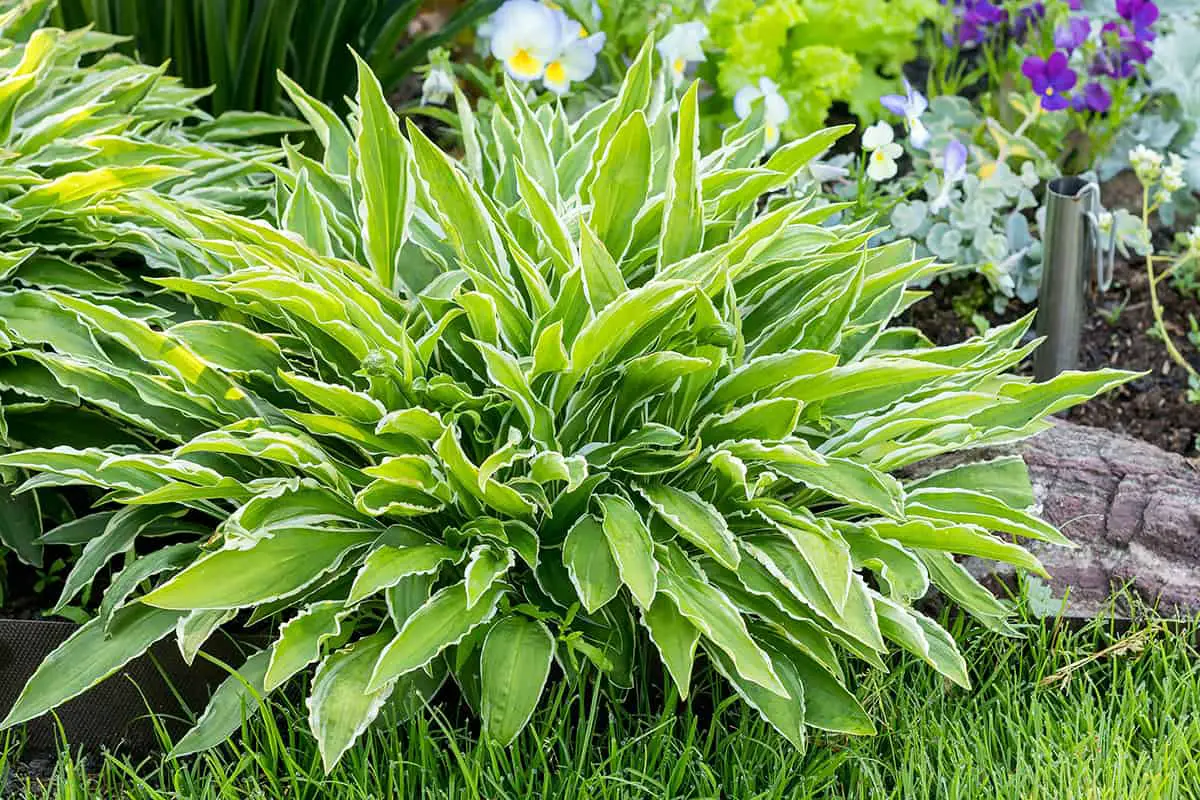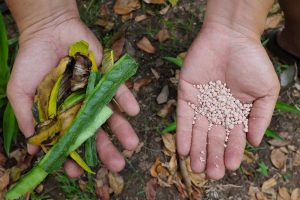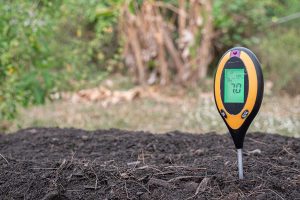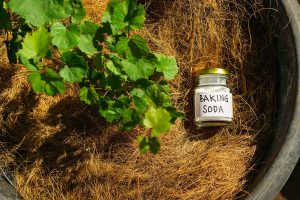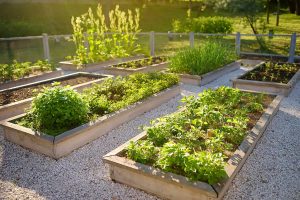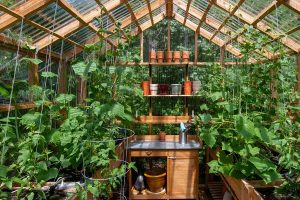If you live in a climate that experiences heavy rainfall, it can be difficult to know which plants are going to survive in your garden. Most plants prefer moist or dry conditions and struggle in soils that are consistently wet.
There are some steps you can take to help improve a plant’s chances of survival in frequent or heavy rain, but it’s also useful to intentionally fill your garden with plants that can tolerate wet feet. This article will delve into the best plants for heavy rainfall and soggy conditions.
Table of Contents
Can Plants Survive in Wet Soil?
Although plants need water to grow and thrive, there aren’t a huge amount of species that do well in consistently wet soil. Plants that are kept in soils that do not dry out in between watering or rainfall can be vulnerable to root rot. This is a common condition amongst plants in unusually wet soils, which causes the roots to rot away.
Ironically, plants that suffer from root rot actually die from a lack of moisture and nutrients despite being surrounded by wet soil. This is because the roots are the part of the plant that absorbs moisture and nutrients, so when the roots rot, the plant has no way to sustain itself.
A plant with root rot will effectively die from starvation, and there is very little you can do to save a plant once root rot sets in. If you live in a climate that experiences frequent and heavy rain, it’s a good idea to protect your plants from excessive moisture. You can do this in various ways, but essentially the aim is to ensure good drainage.
Drainage holes in planters
For outdoor planters, drainage holes are absolutely essential. This will allow excess water from heavy rainfall to work its way down through the soil and drain out through the drainage holes.
Most outdoor planters come with a drainage hole in the bottom, but you can add more with the use of a drill to improve drainage capabilities. In doing this, water won’t gather in the pot to cause root rot, and the soil will have a better chance of drying out.
Add sand, gravel, or perlite
A well-draining soil, both in planters and for ground plants, is essential in wet climates. Well-draining soils encourage moisture to drain away below root level, helping to protect plants from sitting water. You can improve the drainage of your soil by working in sand, gravel, or perlite. Do this before planting new plants to avoid disturbing existing root systems.
If your region has clay soil, this can be very difficult to amend, and in this case, while you can take steps to improve the drainage, it will be best to also select plants that can survive waterlogged conditions.
Plant in full sun
There are many plants native to tropical and sub-tropical regions that are accustomed to experiencing heavy rainfall followed by hot, humid conditions, such as those whose natural habitats are in the rainforest.
If your climate is hot yet experiences frequent heavy rainfall, you can help plants to survive by locating them in a sunny area. This will give the soil around the plant a better chance of drying out in between each episode of rain.
Best Plants for Heavy Rain
If you’re concerned about your garden plants struggling from the effects of heavy rain, take the proactive step of planting species that are known to do well in these types of conditions.
Heavy rain can be a problem for delicate plants which will bend or break under the pressure of the rainfall, and heavy rain can also make for soggy soils, which can be a serious issue for the root systems of many different plants. Check out the plants listed below which are known to not only withstand but can actually thrive in heavy rain.
Iris

- Botanical name: Iris sp.
- Common names: Iris
- Plant family: Iridaceae
- USDA hardiness zone: 3 – 9
- Mature height: 8 to 40 inches
- Mature spread: 12 inches
Irises are a genus of plants that include over 300 different species. Some of the more popular types of Iris for gardens are the Bearded Iris, the Dwarf Iris, the Louisiana Iris, and the Japanese Iris. These plants cannot thrive in drought or dry soils and actually prefer a soil that is consistently moist, making them well-suited to regions that experience heavy rainfall.
They can also cope well in clay soils and poorly draining soils since they aren’t easily susceptible to root rot from wet feet. Irises are available in a wide range of colors, and they can bloom from early spring through to summer, adding color and interest to the garden.
Irises that are recommended for continually wet soils include the Variegated Japanese Iris (Iris laevigata) and the Variegated Yellow Flag Iris (Iris pseudacorus).
Hosta
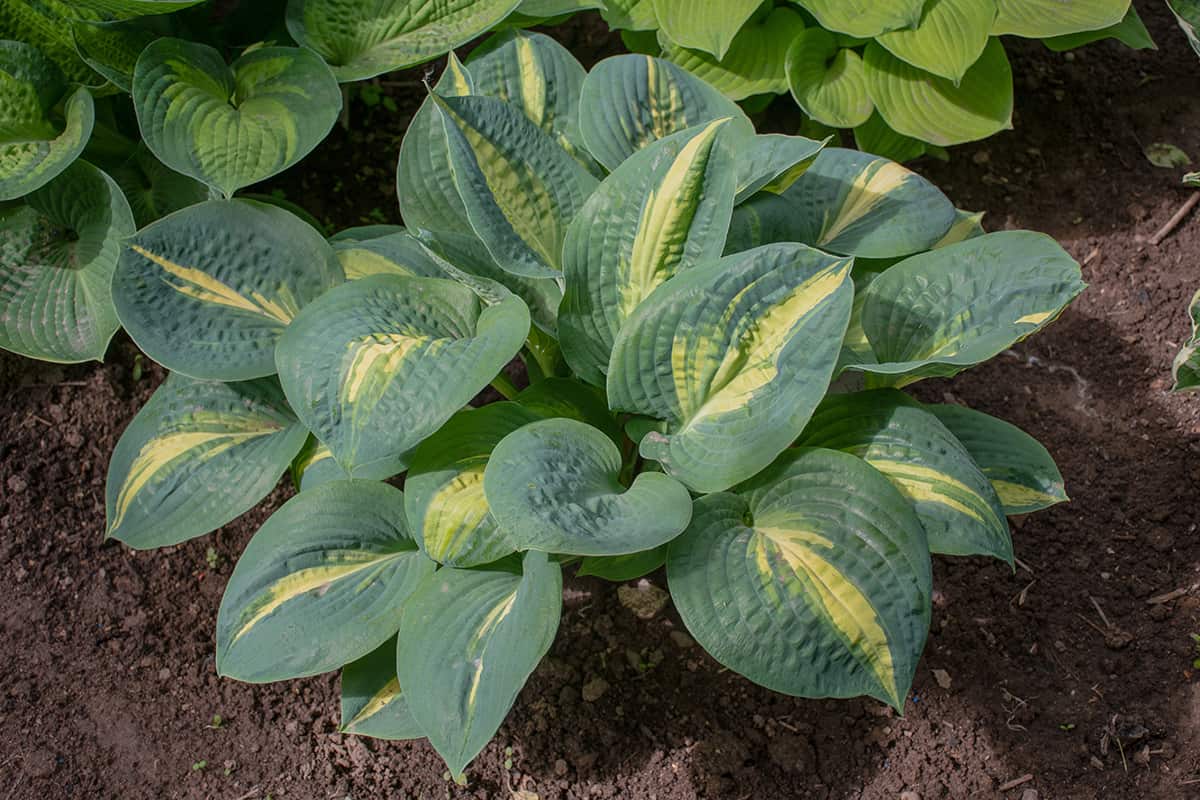
- Botanical name: Hosta sp.
- Common names: Hosta, Plantain Lily,
- Plant family: Asparagaceae
- USDA hardiness zone: 3 – 8
- Mature height: 2 to 3 feet
- Mature spread: Up to 6 feet
Hostas are a genus of plants which are native to Asia. They are renowned for thriving in moist or wet soils, and shady conditions. While Hostas do produce flowers, they are not typically very showy, and instead, these plants are cultivated for their interesting foliage which comes in a range of colors and variegated patterns.
If you live in a climate with heavy rainfall and low to mid-range temperatures, then Hostas are a good choice of plant to grow in your garden. They thrive in moist soils, which means you won’t need to worry too much if your region experiences large amounts of rain, or if your soil doesn’t drain readily.
Their leaves are also quite tough, so being battered by strong rain and winds shouldn’t be a concern. Hostas do struggle in very hot climates because they require a cold period.
Japanese Maple
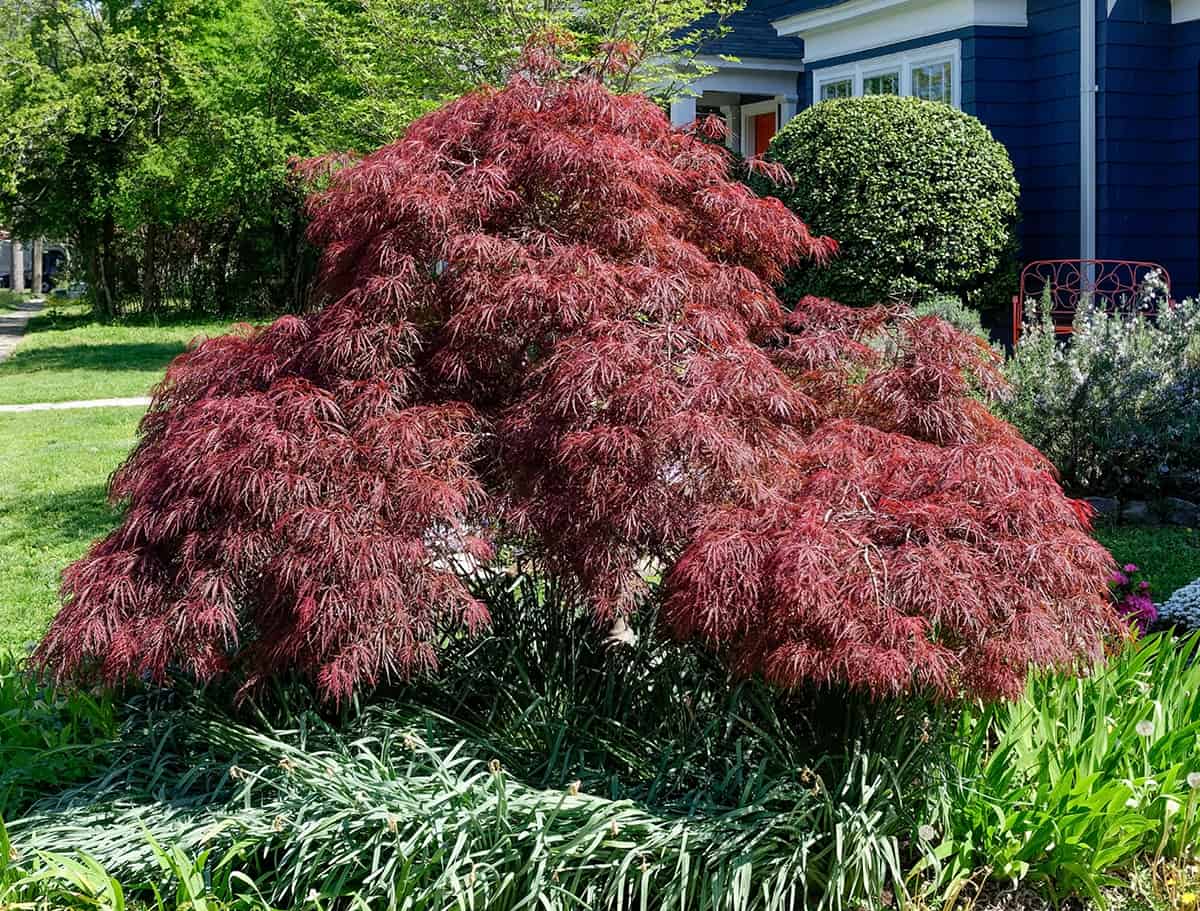
- Botanical name: Acer palmatum
- Common names: Japanese Maple, Palmate Maple
- Plant family: Sapindaceae
- USDA hardiness zone: 5 – 8
- Mature height: 15 to 25 feet
- Mature spread: 20 feet
The Japanese Maple is a stunning, elegant tree, that adds interest to the landscape throughout the year. These trees, though not especially well known for thriving in wet climates, can actually fare really well in regions with heavy rainfall. This is because they have shallow root systems and therefore benefit from frequent watering. Their roots do not typically extend deep into the earth to seek out moisture, and as a result, keeping a Japanese Maple happy can mean watering it at least once a day through the summer.
The Japanese Maple has high water needs, and this combined with a shallow root system makes it an excellent choice for climates with heavy rainfall. When a Japanese Maple does not get enough water, its leaves can quickly turn brown and crispy. While they can survive heavy rain, they don’t perform well in heavy wind, so they should be sheltered in these conditions.
Panicled Hydrangea
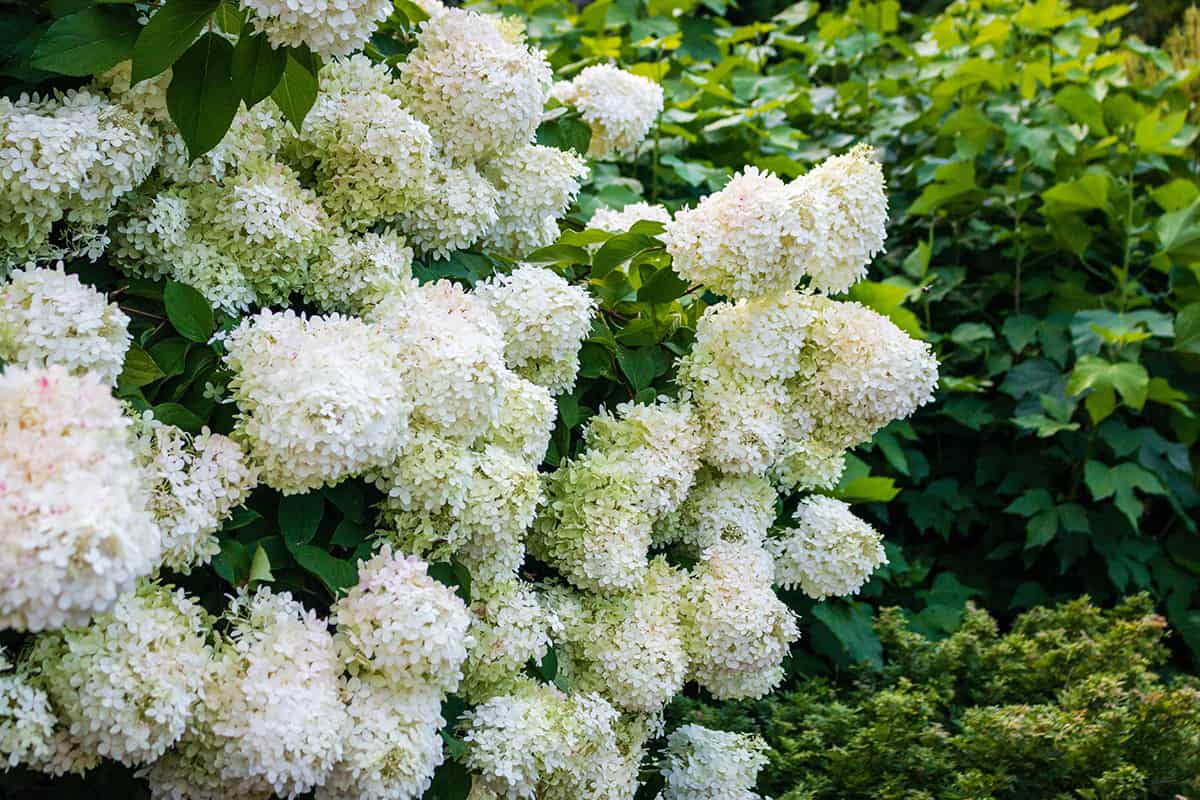
- Botanical name: Hydrangea paniculata
- Common names: Panicled Hydrangea
- Plant family: Hydrangeaceae
- USDA hardiness zone: 3 – 8
- Mature height: 8 to 20 feet
- Mature spread: 6 to 8 feet
The Panicled Hydrangea hails from parts of Asia and Russia, and it thrives in moist soils, and full to partial sun. This is a great plant for cooler climates because it is very cold hardy, and it won’t struggle in frequent rainfall. In fact, it’s important to keep the Panicled Hydrangea in moist soil, especially through the summer season.
In dry weather, the flowers of the plant can dry out and turn brown, so consistently wet soil is ideal. The Panicled Hydrangea is exceptionally showy, producing large cone-shaped clusters of flowers from the middle of summer right through to fall.
While these plants love moist to wet soils, very heavy rain can cause their stems to flop over. In the event of heavy rain, it’s a good idea to stake your hydrangeas. This will ensure the stems remain upright and keep your plant in the best possible health. The flowers themselves are much tougher than they look, and they typically bounce back well after being showered with heavy rain.
Weeping Willow
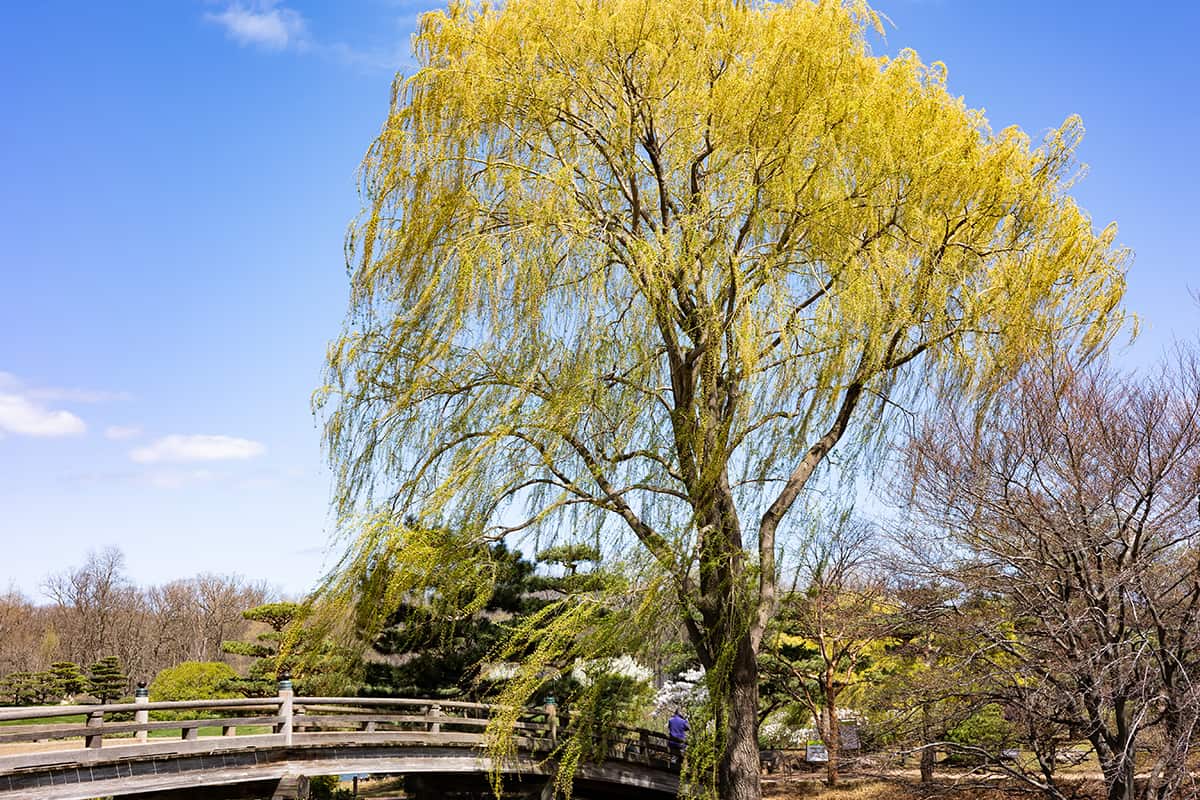
- Botanical name: Salix babylonica
- Common names: Weeping Willow
- Plant family: Salicaceae
- USDA hardiness zone: 4 – 10
- Mature height: 30 to 40 feet
- Mature spread: 45 feet
The Weeping Willow is a tree native to China, though it is widely cultivated around the world for its gracefully drooping stems and its ability to thrive in wet conditions. This tree is commonly planted alongside streams, rivers, and ponds because it performs best in soils that are consistently moist or wet.
It can even survive in waterlogged soils or standing water. This makes it a good option for planting in climates that experience heavy rainfall because you won’t need to worry about your soil not having enough time to dry out. The impact of heavy rain on the stems and leaves of the Weeping Willow also won’t be a problem because they are already drooping downwards.
